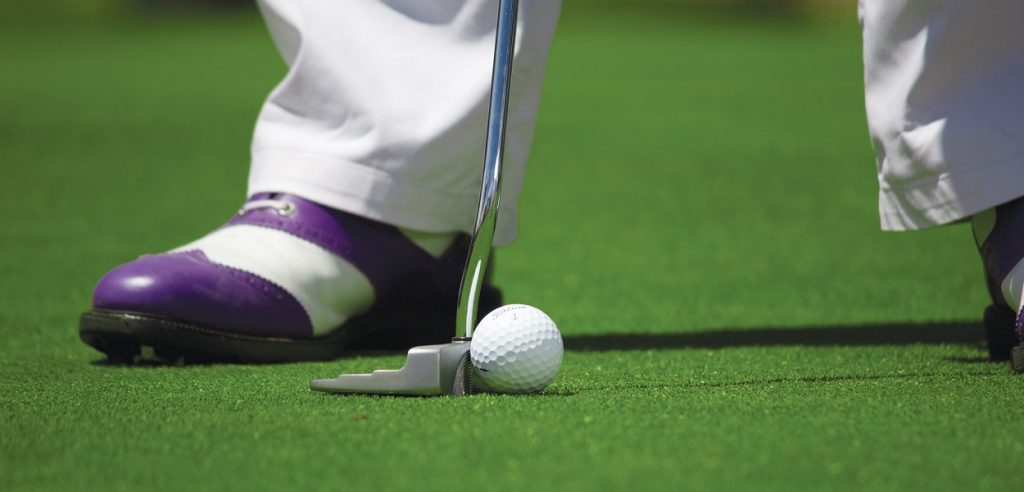Why you need electrolytes on the golf course:
While not as demanding as running a marathon or cycling 100 miles, optimal performance on the golf course requires players to be physically fit, flexible and strong, to keep up with the demands of several hours of play and nearly 9,000 meters of walking, often over hilly courses. Research conducted by scientists in Toronto for the Royal Canadian Golf Association suggested that players lose an average of approximately 2½ pounds (or 1.2 kilograms) over the course of a round, almost exclusively due to fluid loss through sweat. Because golf is often played in warmer climates, this compounds the effects of dehydration in athletes.
To account for lower blood volume, your heart will need to beat an extra 3-5 times per minute if you lose even one percent of your body weight in fluid. A three percent reduction significantly impairs performance, and anything beyond that can be dangerous. Additionally, hyponatremia, a medical condition marked by low blood sodium levels, can lead to nausea, fatigue, cramping, vomiting, weakness, sleepiness, and in rare severe cases, even death.
Five electrolytes in particular play a pivotal role in maintaining normal human muscle function: sodium, potassium, magnesium, calcium, and chloride. A shortage of any of these electrolytes will affect athletic performance through a range a subtle to serious side effects. One of these side effects — a loss of focus — is particularly deleterious to a golfer’s game, as success on the course is at least as much a battle of the mind as it is physically-demanding.
Sweat typically has about 1000 mg sodium/liter, a typical sports drink has 440 mg sodium/liter. If, during the course of training, you ingest nothing but sports drinks (or worse, water), you will become hyponatremic at some point. Many sports drinks also do not address any form of supplementation of the other key electrolytes, potentially causing yet further cramping and muscle issues.
For more information, we encourage you to read our in-depth blog post on this topic here.
How SaltStick can help you improve your performance:
What is lost in sweat should be replaced by your electrolyte capsules in a quantity and form which your body can absorb. SaltStick® Caps have been formulated to provide your body with a balanced electrolyte content in the suggested serving of 1 capsule per 30-60 minutes. Two SaltStick Caps in an hour equate to 430 mg sodium, 126 mg potassium, 22 mg magnesium, and 44 mg calcium per hour: The ideal ratio to keep you moving.
Put it into practice: Your unique physiology will ultimately determine your electrolyte needs, but other factors have a role as well, including your current fitness level, temperature and humidity levels, as well as the duration of the game. We suggest starting with one SaltStick Capsule per hour of play, and increasing intake in especially hot conditions. For athletes concerned about the optics of consuming a capsule on the course, we suggest SaltStick Fastchews as an alternative, which are chewable, flavored tablets that come in a resealable pouch. In this case, the athlete should consume four Fastchews per hour, as the electrolyte concentration is lower compared to SaltStick Caps.
Read our usage guides for all SaltStick products.
What other athletes say about SaltStick products:
“I love these tablets. I take them prior to long runs, especially on hot days, and carry some with me to take during the run as well. When I don’t take them or don’t take more during my run, I can tell a significant difference in how my body feels, how fatigued I am.” — Amazon User Ellen McCraken.
“I love SaltStick because it taste great, and dissolves so easily and leaves no mess. SaltStick also sits well in the stomach and is easy to digest, therefore making the experience of taking the product easy.” — SaltStick-sponsored athlete Bryan Morseman.
Learn more about how SaltStick can help you improve your performance by reading the following blog posts:
